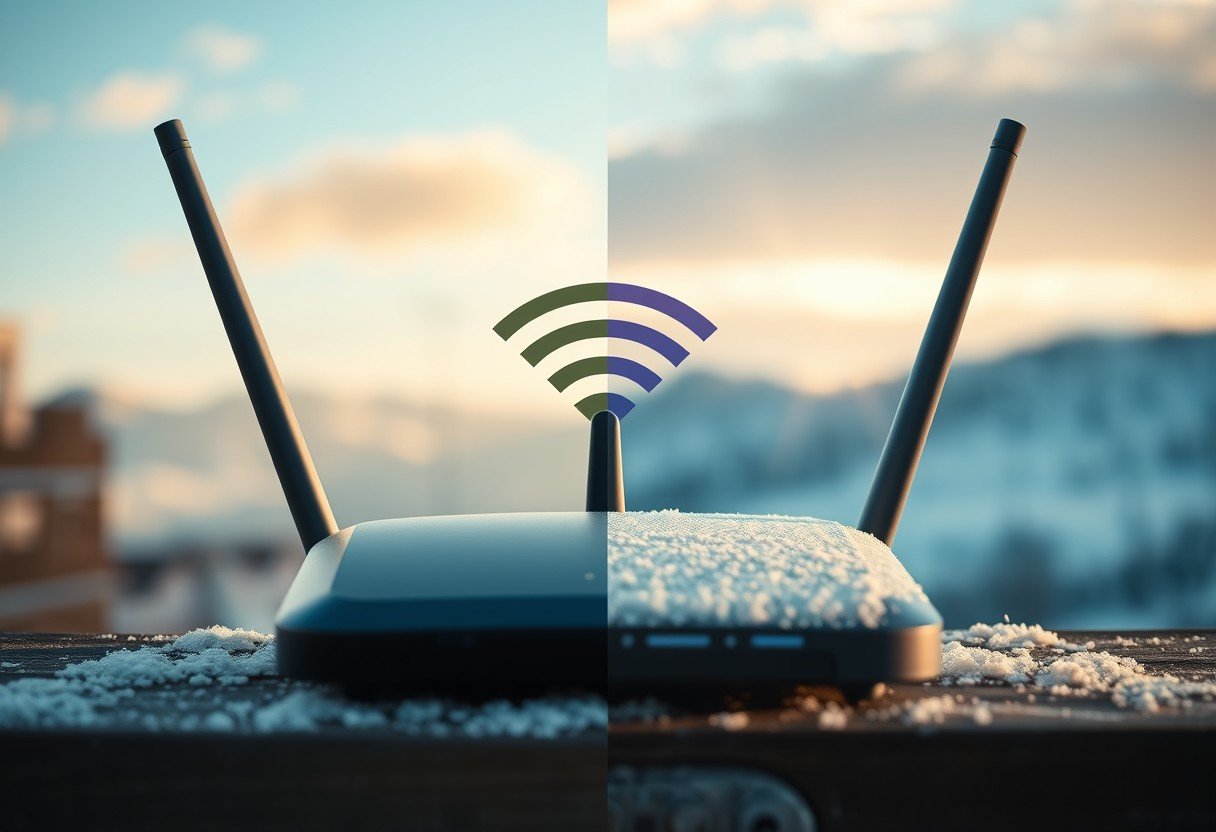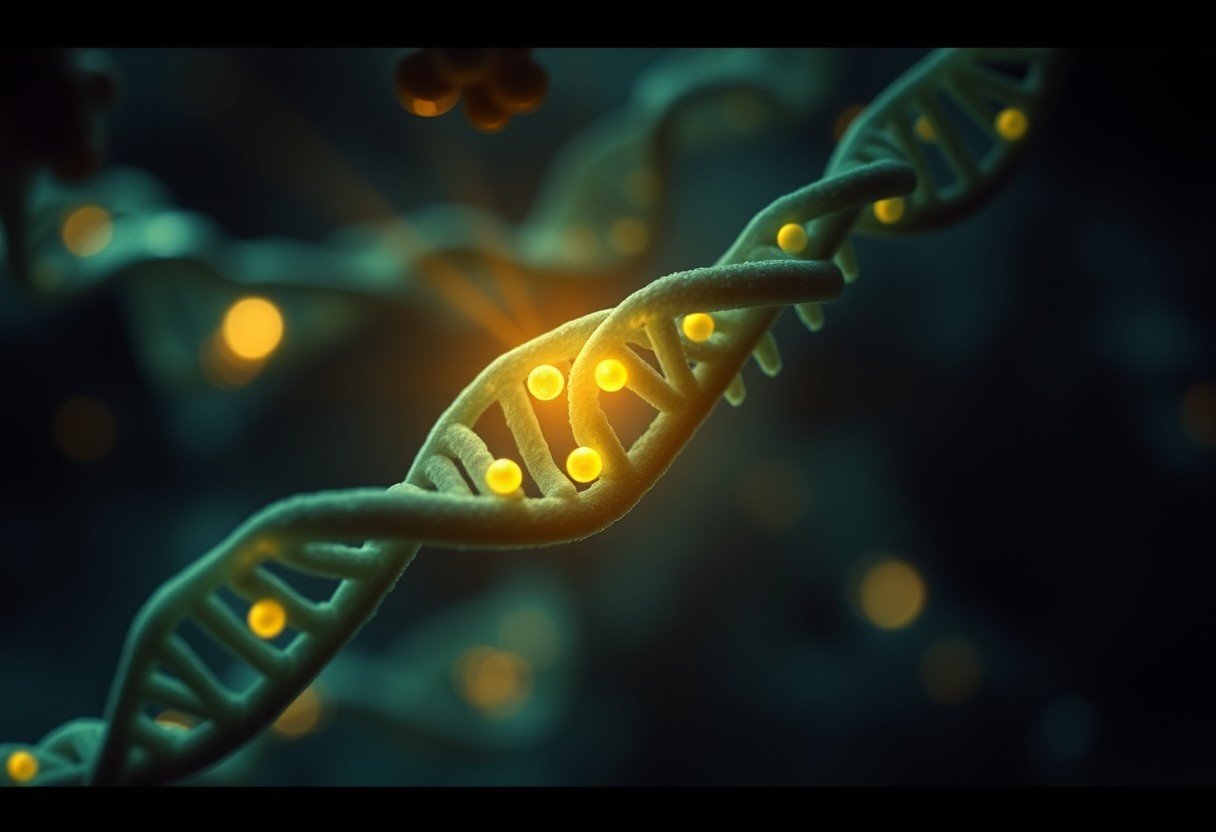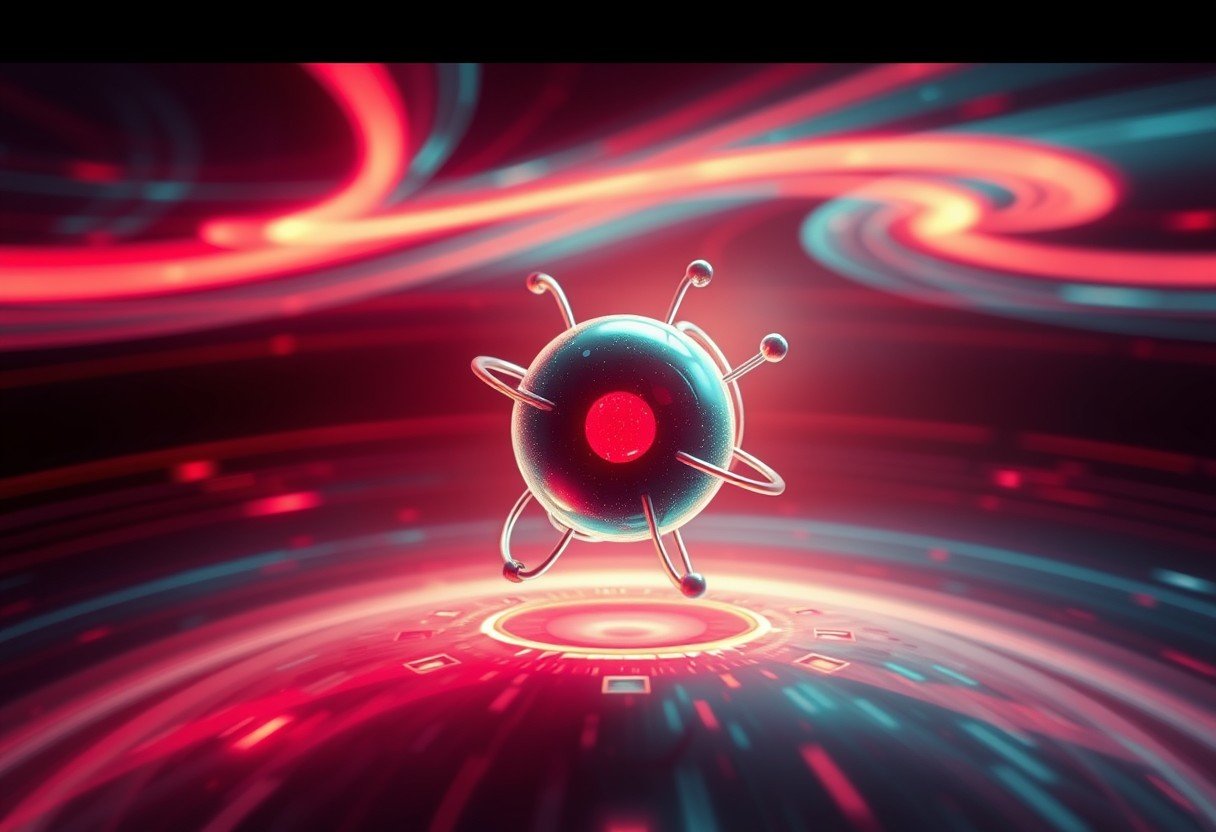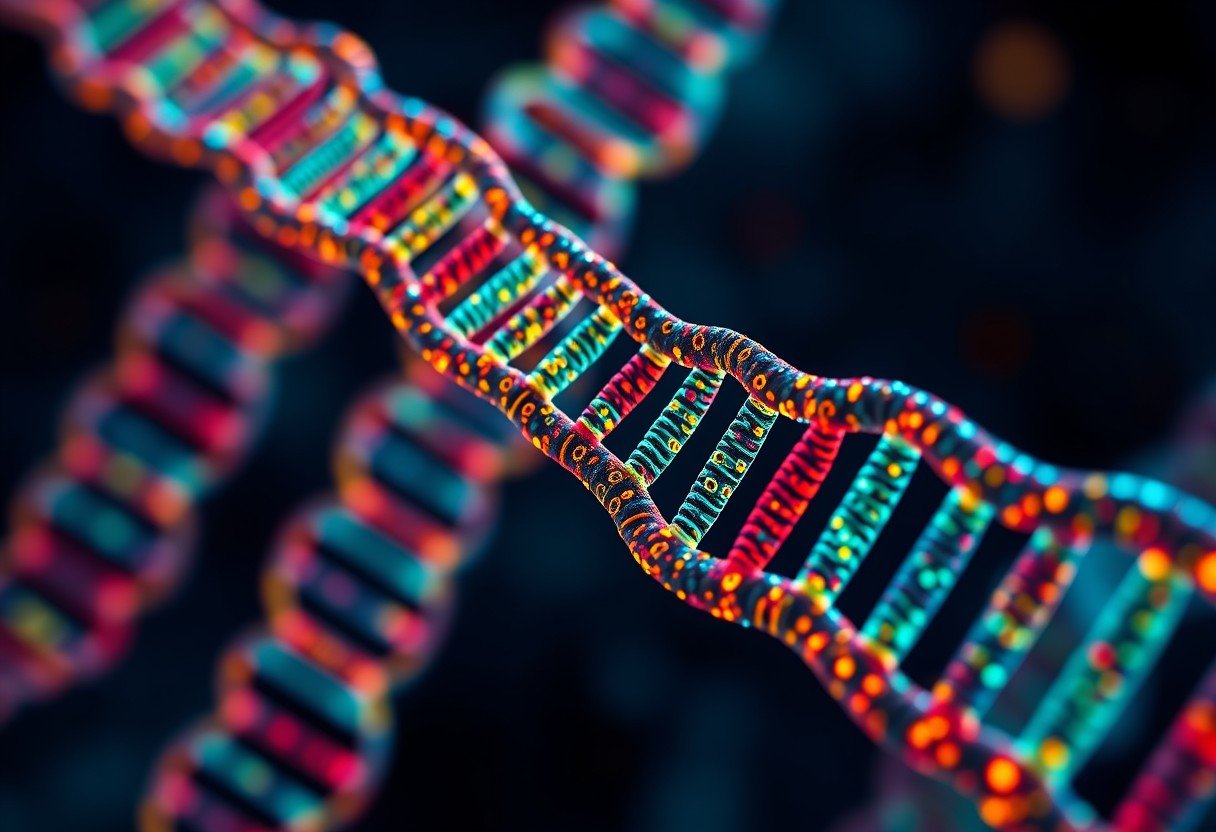Astronomers are confident that a supermassive black hole, billions of times heavier than our Sun, sits at the heart of the galaxy M87. This isn’t just a guess; it’s a conclusion built on decades of compelling evidence. From watching stars move at impossible speeds to capturing a groundbreaking image of the black hole’s shadow, scientists have pieced together a fascinating puzzle that confirms the existence of this cosmic giant and helps us understand the universe on a grand scale.
Watching the Stars Dance around an Invisible Giant
One of the first major clues came from observing the stars and gas clouds at the very center of the M87 galaxy. Astronomers noticed they were orbiting something at incredibly high speeds.
These orbital velocities were so fast that the only explanation was a massive, compact object hiding at the center, exerting a tremendous gravitational pull. If there were no central object, these stars would simply fly off into space.
By carefully measuring the speed and path of these stars, scientists could calculate the mass of the unseen object pulling on them. Their calculations pointed to an object with a mass of about 6.5 billion times that of our Sun, all packed into a relatively small area. This immense density is a key characteristic of a supermassive black hole.
The First Ever Picture of a Black Hole’s Shadow
For years, the evidence was indirect. But that all changed on April 10, 2019. On that day, the Event Horizon Telescope (EHT) collaboration released the first-ever direct image of a black hole’s shadow.
The EHT is not a single telescope but a network of radio telescopes spread across the globe. By combining their data, they create a virtual telescope the size of Earth, allowing for incredible resolution.
The famous image shows a bright ring of light surrounding a dark central region. This isn’t a picture of the black hole itself, since not even light can escape it. Instead, it’s the silhouette, or shadow, of the black hole cast against the glowing, superheated gas and dust of its accretion disk. This image provided stunning visual confirmation of the black hole’s existence and perfectly matched the predictions made by Einstein’s theory of general relativity.
Powerful Jets and Cosmic Radio Signals
Another powerful piece of evidence comes from the enormous jets of material blasting out from M87’s core. These jets travel at nearly the speed of light and extend for thousands of light-years into space.
These cosmic jets are incredibly energetic and emit strong radio waves, which is how astronomers first detected them. The sheer power needed to launch such massive jets can only be generated by the extreme conditions found just outside a supermassive black hole. As matter from the accretion disk gets too close, some of it is funneled by intense magnetic fields and shot out into space.
The main lines of evidence for M87’s black hole include:
- Stellar Dynamics: Stars and gas orbiting the galactic center at extremely high speeds.
- Direct Imaging: The EHT’s image of the black hole’s shadow against its glowing accretion disk.
- Relativistic Jets: Powerful jets of plasma being ejected from the core, powered by the black hole.
This combination of observations from different methods creates an undeniable case.
How Do Supermassive Black Holes Get So Big?
Not all black holes are created equal. The one in M87 is a “supermassive” black hole, which is vastly different from the more common “stellar-mass” black holes. Understanding these differences helps explain how such a monster could form.
Stellar-mass black holes are formed when a single, very large star runs out of fuel and collapses under its own gravity. Supermassive black holes, however, are thought to form through different processes over billions of years, such as the merging of smaller black holes or the steady accumulation of gas and stars.
| Feature | Stellar-Mass Black Hole | Supermassive Black Hole |
|---|---|---|
| Formation | Collapse of a massive star | Merging of smaller black holes or gas accretion |
| Mass | About 5 to 100 times the Sun’s mass | Millions to billions of times the Sun’s mass |
| Location | Found throughout a galaxy | Typically found at the center of large galaxies |
Proving Einstein Was Right
The study of the black hole in M87 is more than just an astronomical curiosity; it’s a critical test for our understanding of physics. Albert Einstein’s theory of general relativity, published over a century ago, predicted the existence of black holes and described how their immense gravity would warp spacetime.
For decades, these ideas were purely theoretical. Observing the M87 black hole allows scientists to test Einstein’s predictions in one of the most extreme environments in the universe.
The size and shape of the shadow captured by the EHT matched the predictions of general relativity with remarkable precision. This confirms that our fundamental understanding of gravity holds up, even under these intense conditions, and gives us a real-world laboratory to explore the fabric of spacetime itself.
Frequently Asked Questions
What is the strongest evidence for the M87 black hole?
The strongest pieces of evidence are the direct image of its shadow taken by the Event Horizon Telescope in 2019 and the observation of stars orbiting the galactic center at very high speeds, which implies a massive, unseen object is present.
How did astronomers take a picture of the M87 black hole?
Astronomers used the Event Horizon Telescope, a global network of radio telescopes that work together as one Earth-sized observatory. This allowed them to achieve the resolution needed to capture an image of the black hole’s shadow, which is the dark region at its center surrounded by a ring of light from hot gas.
How heavy is the black hole in M87?
Based on the motion of stars and gas around it, the black hole at the center of M87 is estimated to have a mass of about 6.5 billion times the mass of our Sun. This makes it one of the most massive black holes known.
Why is studying the M87 black hole so important?
Studying M87’s black hole helps us understand how galaxies form and evolve, as supermassive black holes are thought to play a key role in this process. It also provides a unique opportunity to test Einstein’s theory of general relativity in an extreme gravitational environment.
Are there black holes in other galaxies?
Yes, astronomers believe that nearly all large galaxies, including our own Milky Way, have a supermassive black hole at their center. The black hole in our galaxy, called Sagittarius A*, is much smaller than M87’s, with a mass of about 4 million times that of the Sun.









Leave a Comment